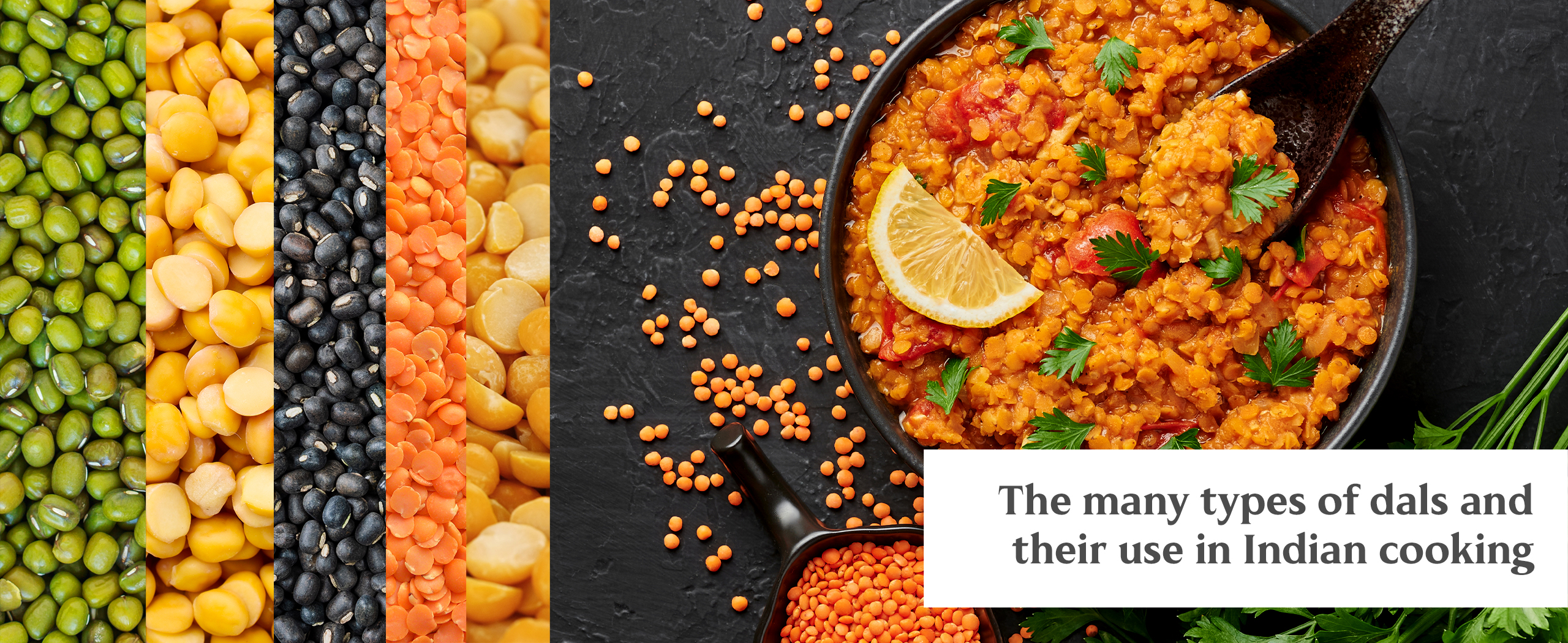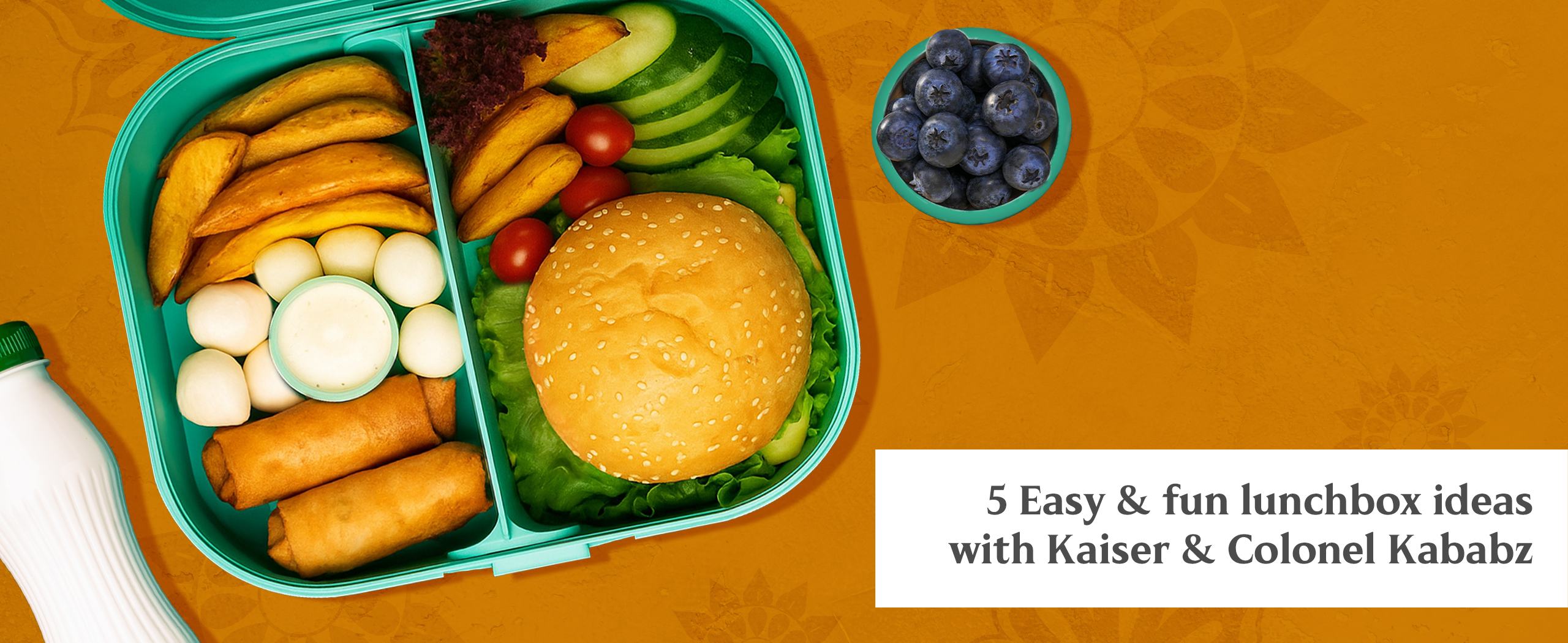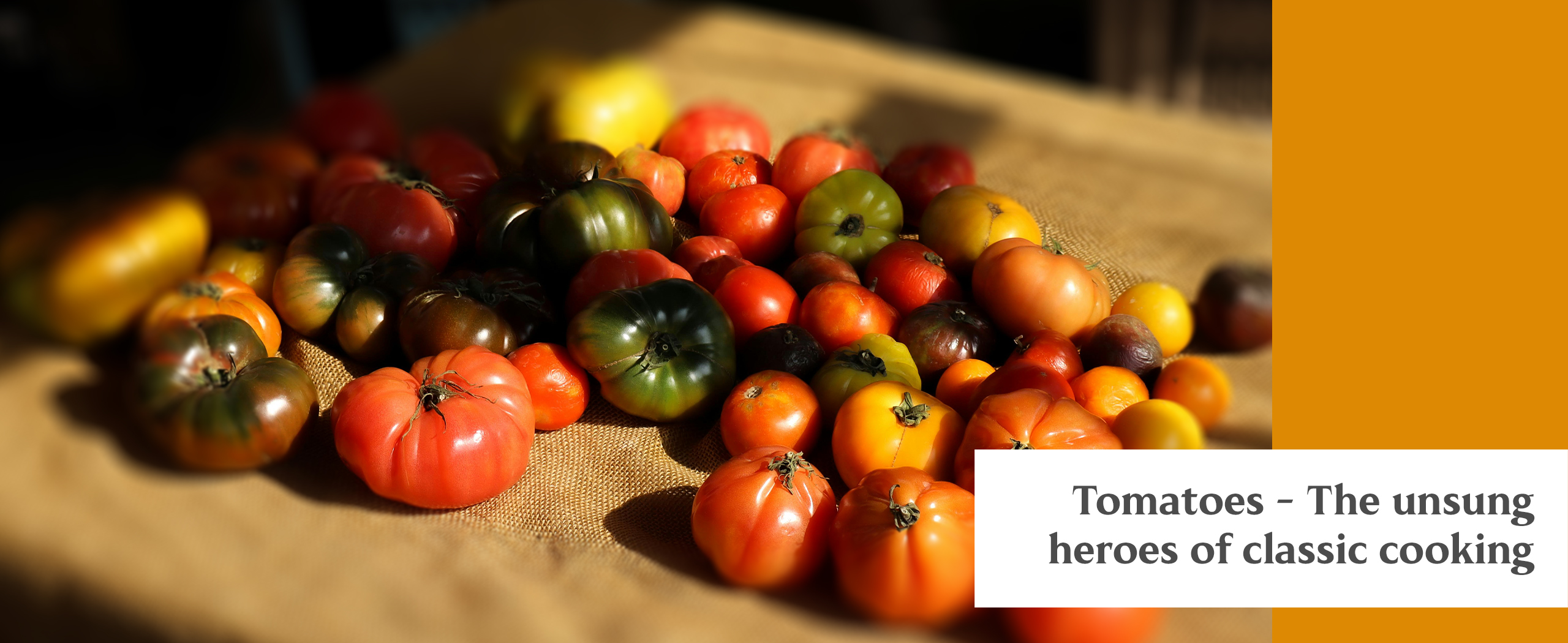Spring rolls are one of the most popular snacks worldwide and a beloved choice for an appetizer. They are enjoyed in their traditional form and many different varieties the fusion of cultures has brought to life. The type of wrapper, fillings, cooking method, and the sauces served with spring rolls – all of that varies based on the culture of the region they belong to. The only thing that does not change is people’s love for the spring rolls!
This article talks about the origin and history of this world-favorite and the many varieties of spring rolls that have evolved courtesy of cultural diversity. If you’re a food lover, read on – get to know your favorite snack, and find unique spring roll varieties to explore and savor.
The origin and history of spring rolls
While the spring roll’s origin is not well recorded, it is believed the concept existed in China from before the Tang Dynasty (618 AD – 907 AD). At that time it wasn’t in its current shape, but rather more of a pancake that loosely wrapped special vegetables and fruits to celebrate the advent of spring.
During the Tang Dynasty, the ‘spring dish’ became a favorite of the rich, who made many unique additions to its fillings. It was no longer about carrots and celery used by the common folk but showcased new flavorful fillings such as baked and salted meats, eggs, beansprouts, etc.
The ‘spring dish’ continued to evolve through subsequent dynasties with each new era adding something different.
The Song Dynasty made it more luxurious and befitting for the elites. The Ming and Qing dynasties refined it further. People started to use new cooking techniques and learned to fold the pancake into a roll that wrapped fillings made from premium ingredients.
The ‘spring roll’ was thus born.
It was a dish loved by the common folk and elite alike – and even featured as a pastry at the Manchu Han Imperial Feast, the legendary Chinese banquet. Today, the spring roll is the signature food of the Spring Festival. Its cylindrical shape and golden colors that resemble gold bars, symbolize wealth and prosperity, making it an iconic Chinese snack.
But it is far from being just a seasonal Chinese delicacy. It has spread all around the globe as a symbol of cultural identity. You can find it in Chinese, Vietnamese, and other Southeast Asian cuisines as a popular appetizer or dim sum, with many tasty and fun regional varieties.
Spring rolls vs. summer rolls – What is the difference?
The confusion between the spring rolls and summer rolls is common. However, summer rolls hail from Vietnam, and unlike spring rolls they are never cooked and served cold or at room temperature. They use rice paper to wrap fillings made of rice vermicelli, fresh veggies, raw shrimp, or pork. Traditionally, they are served with hoisin or peanut dipping sauce. Vietnamese summer rolls are also referred to as ‘salad rolls’, rice paper rolls, or ‘fresh spring rolls’, and are locally known as Gỏi cuốn.
Spring rolls on the other hand may use a rice paper wrapper but are usually prepared with pastry dough, stuffed with meat and vegetable-based fillings, and are always cooked – mostly deep-fried until golden and crispy.
We see many regional variations of summer and spring rolls across the Far East. Some have a dual character too. They are served uncooked like the Vietnamese summer rolls and deep-fried like the Chinese spring rolls.
For instance, the Popiah can be deep-fired or eaten cold depending on the region – its thin paper-like crepe is made from wheat flour and rolls an assortment of fresh, dried, or cooked ingredients. It is served with a sweet sauce. The Lumpia is another example of a summer cum spring roll. The paper-thin wrapper rolls sweet and savory fillings and is deep-fried or served fresh with a peanut-based sauce.
Fried spring rolls: Popular cultural varieties
The ubiquitous and popular fried spring roll might have originated in China but is now a world favorite. Its many cultural varieties present an exciting universe of flavors waiting to be explored.
Let’s look at the popular and delicious variations of the spring roll loved in different parts of the globe, and learn about traditional condiments to enjoy with.
The Chinese Chūn Juǎn
Fried Chinese spring rolls are thin wheat flour wrappers filled with vegetables such as cabbage, carrots, onions, etc. Meat-based Chūn Juǎn are usually filled with pork, chicken, or seafood. The Chinese use many sauces to serve with these fried spring rolls – sweet and sour, soy with chili, chili garlic, and others.
The Japanese Harumaki
Harumaki is the Japanese version of spring rolls made with different fillings based on local ingredients. Common filling ingredients include shiitake mushrooms, shrimp, chicken, glass noodles, bamboo shoots, carrots, etc. Deep fried until golden brown, Harumaki is served with soy sauce, rice vinegar, or karashi mustard.
The Vietnamese Chả giò
Chả giò or Nem rán is a spring roll from Vietnam, also known as the egg roll. This spring roll uses a rice paper wrapper that gets nice and crispy when fried. The fillings are based on seasoned ground meat, vermicelli, and veggies. The Vietnamese serve these spring rolls wrapped in lettuce with a fish-based sauce or raw vegetables.
The Thai Poh-pia-tod
Poh-pia-tod is the Thai version of the fried spring rolls and uses ground pork or shrimp for a meat-based filling, vegetables like cabbage, carrots, beansprouts, etc., and glass noodles. The ingredients are sauteed in light oil until ready to roll into the wrapper and deep-fried. Pop-pia-tod is usually served with a sweet chili sauce.
The Filipino Lumpia Shanghai
The Filipino version of the Chinese fried spring rolls is made with a filling of ground pork, carrots, and onions rolled into a thin wrapper made from flour. These tight cigar-shaped spring rolls are deep-fried and served with banana ketchup or sweet chili sauce.
The Cambodian Naem Chien
The Cambodian version of the spring roll is lighter than its Chinese counterpart because it uses uncooked ingredients for the filling. It also uses a fish sauce instead of the common soy sauce or oyster sauce which adds a layer of complexity to the dish.
The Indonesian Risoles
This Indonesian take on the spring rolls typically features a creamy filling of minced meat or fish in a thin crepe-like wrapper coated with breadcrumbs for more texture. The creamy inside contrasts with the crunchy outside making it everyone’s favorite. Risoles is best served with a spicy dip or mustard.
South Asian spring rolls
In South Asian countries like India and Pakistan, spring rolls are a popular snack food. The wrapper, known as ‘roll-patti’, is made of wheat flour rolled out into thin sheets. The rolls are usually filled with cabbage, chicken, carrots, and eggs, mixed with spices. Pantaras are the Indian version of the spring roll. They wrap a chicken and tamarind filling in a super crispy exterior.
The American Egg Roll
The quintessential American-Chinese food is made with a wrapper of wheat and eggs – hence its name some believe. NYC claims to be its birthplace. The traditional thick egg roll was different – it was made with bamboo shoots, pork, shrimp mince, scallions, etc. But its takeout version is a tad simpler – it is made with cabbage, carrots, meat, etc. Egg rolls are served with sweet and sour sauce, soy sauce, duck sauce, or hot mustard.
The Aussie Chiko Roll
This funny-sounding name is the spring roll of Australia, created by Frank McEnroe in 1951. It was created as a thicker spring roll to hold up during football matches where it is a stadium favorite. The wrapper is a thick pastry tube made with egg and flour with a crunchy exterior and a doughy interior. And, the filling is an interesting mix of cabbage, barley, carrots, green beans, celery, onion, wheat cereal, and beef. There is a vegetarian version of the Chiko Roll too!
Spring rolls in Europe
Across Europe, we find an exciting variety of spring rolls with unique names and shapes. Their fillings also vary depending on seasonal and local ingredients. You’ll find them in Western and Central Europe, and across Scandinavia. The British take on spring roll is the popular pancake roll with meat and vegetable-based fillings.
Spring rolls in Latin America
In Latin America, the spring rolls have a similar story. You see them in Brazil, Chile, Costa Rica, Mexico, Argentina, Uruguay, and Venezuela. They come with different names and have adapted to local tastes. Their wrappers and fillings also vary from one place to another.
Rolling it up…
The story of the spring roll reflects the beauty of food culture. How a tiny humble snack that marked the advent of spring in ancient China, evolved into such a diverse and popular food item as it trotted the globe. How different people and cultures helped shape its numerous regional varieties of which only the most popular have been discussed in this article. Like the journey of foods like the kebab, and samosa, the spring roll symbolizes how food connects people across centuries and continents.
Check out the variety of Kaiser spring rolls – explore the rich flavors of the South Asian spring roll, and make your teatime exciting on any day of the week with minimal effort.



